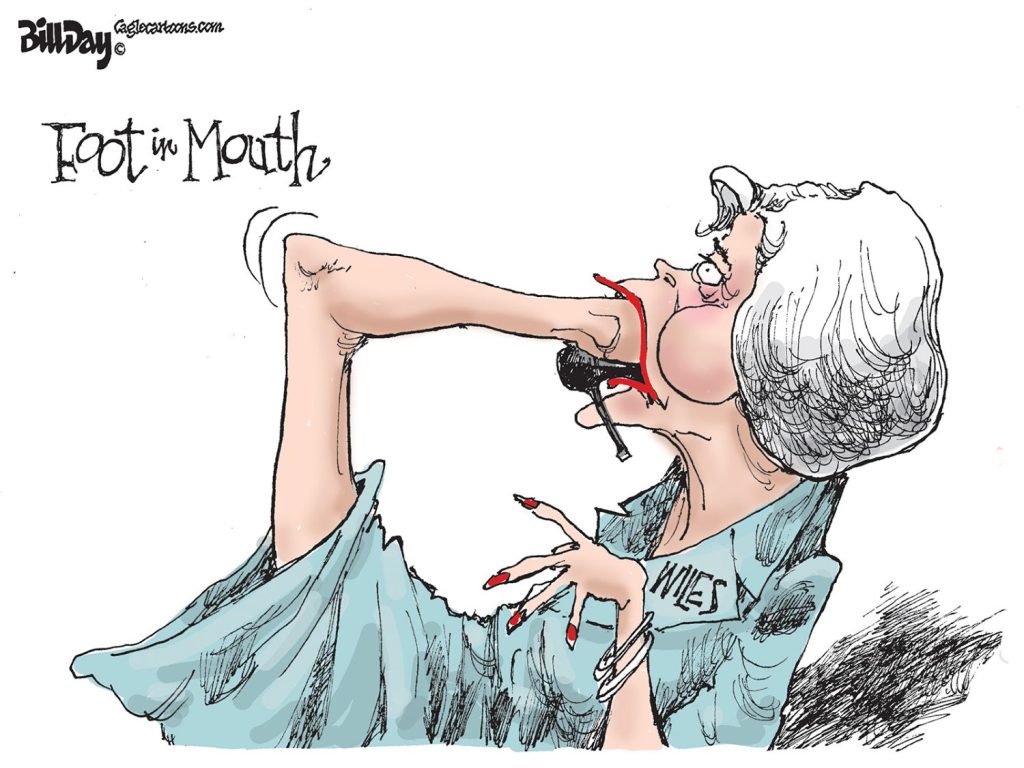While many local governments are working to solve the problem of the Internet’s “last mile,” Memphis and Shelby County Governments – despite spending about $25 million a year on computer technology – can’t seem to begin the journey.
As a result, few websites are as frustrating as those of Memphis and Shelby County Governments. They stand as digital representations of the governments themselves – almost impossible to navigate, confusing and cumbersome, and the most useful information out of reach. Most of all, the websites reflect an egocentric view of the world where citizens apparently are thought to be craving to read welcome messages from elected officials, biographies of politicians and press release puffery.
If a camel is a horse created by a government committee, the websites give the impression that the committees in charge of them don’t even know what kind of animal they’re aiming for. Unfortunately, government has a tradition of staying several generations behind in technology, but its websites paint the picture of a community trapped in the Internet backwater.
MATA
Nothing shows it more clearly than public transit. In Portland, riders of the TriMet system can go online to “trip planner,” where they get detailed directions such as “walk .19 mile east from bike gallery,” what bus to board, how long the trip will take and what the fare will cost. Riders can ask for real-time arrivals by clicking “transit tracker,” which gives reminders of how close the bus or light rail is.
Meanwhile, here at home, “trip planner” at MATA means sending an email with your personal information, your place and time of departure and place of arrival. Then, the website promises: “One of our customer service representatives will get back to you within 24 hours with a recommendation.”
Mostly, the websites focus on what they want from us – money – as opposed to what we’d like from them. There are ways to pay taxes and traffic tickets, but there’s also a “convenience fee” for the privilege, although it would seem that paying on line is most convenient to government itself.
It’s a general rule that the public information that we most want is rarely found online, and when it is, it’s rarely in a format that makes it more easily understood or useful. On county government’s home page, a visitor interested in a specific department needs to know what division it’s in. (Who knew D11-DHS was part of the division of public works?) Of course, City of Memphis expects its citizens to possess this arcane knowledge about governmental structure just to find a telephone number in the phone book. There’s no listing of members of public boards and commission, no list of tax freezes approved or contracts awarded for services.
Wi-Fi
Dozens of governments are developing broadband networks, but Memphis isn’t one of them. New York’s Central Park is becoming wireless. Philadelphia, Portland and Milwaukee have launched programs to become citywide “hot spots” in the next 18 months. Suffolk County, New York, has kicked off a wireless system over an area larger than Shelby County – more than 900 square miles.
In Atlanta, Mayor Shirley Franklin has introduced the “Atlanta Dashboard.” Based on corporate dashboards, it keeps city government managers focused on goals and indicators of success. Most of all, it opens a window for citizens to judge how city operations are performing.
In Boston, Mayor Thomas Menino is equipping all city vehicles to be “digital street assessment tools,” so they can measure vibrations created by rough roads and potholes and send the data to a computer that maps locations using GPS. Shanghai, China, is doing much the same thing, but the perpetually updated map is also used by private companies who pay so they know which routes are best for their deliveries on a given day.
Wireless Cities
In an Intel survey of wireless cities, Memphis ranked 68th, behind Nashville, Knoxville, Little Rock, Omaha and Tulsa; University of Memphis didn’t make the top 100 wireless college campuses; Memphis International Airport isn’t listed in the top 25 wireless airports; and unsurprisingly, neither local government ever makes the annual winners’ lists for digital cities or counties.
This about much more than bragging rights. It’s about better government — e-government.
At its most basic, it applies technology to improve administrative functions and a greater sharing of information within government. More to the point, it’s about transforming the relationship between government and the people it serves.
It’s about creating government that’s open for business when we need it, 24/7/365. It’s about citizen-centric government that flattens the public bureaucracy, and it’s about increasing government efficiency and productivity, promoting transparency and accountability, and inviting the public into discussions and decisions.
And all it takes is for the mayors to order it to be done. There are few things they can do that can have more impact on our attitude and power as taxpayers.



